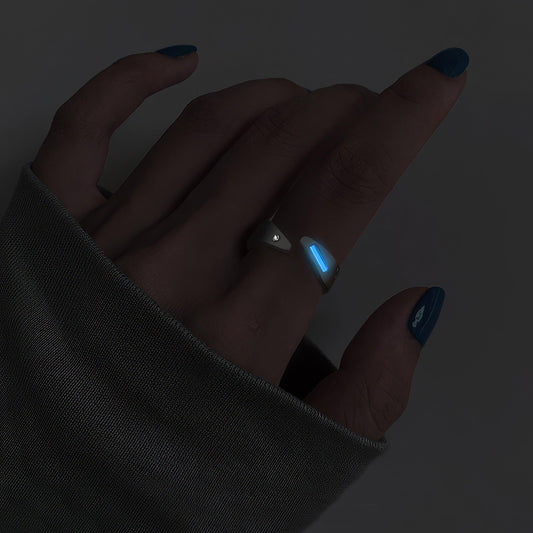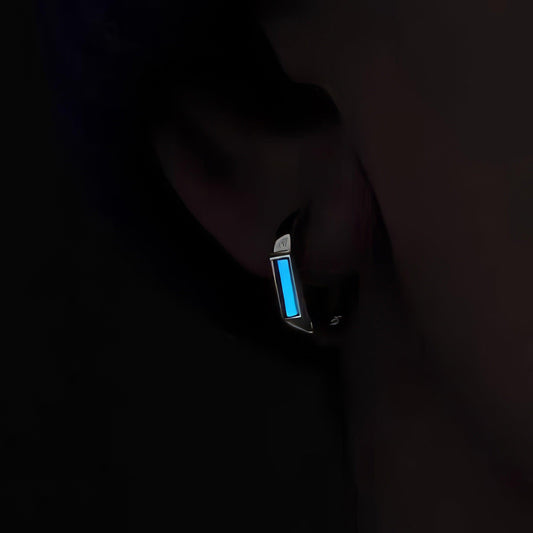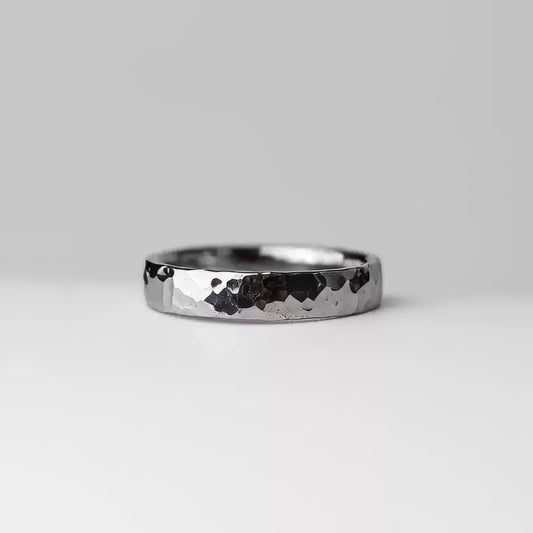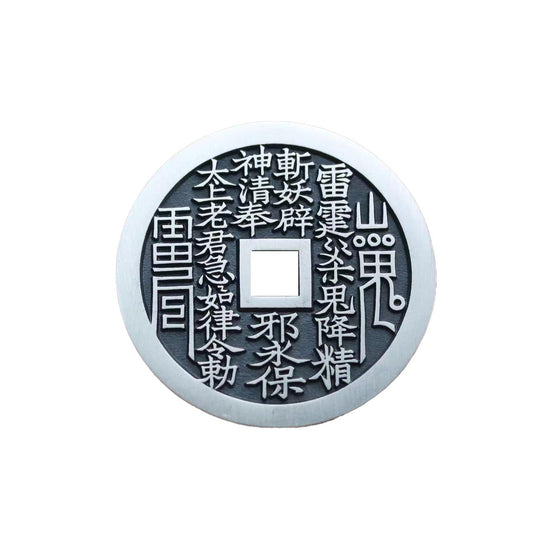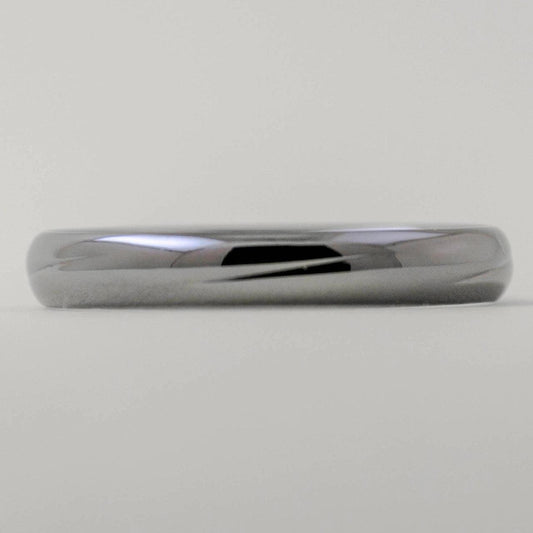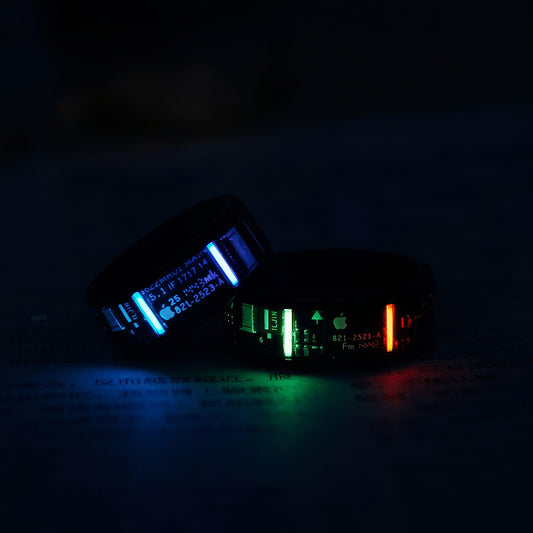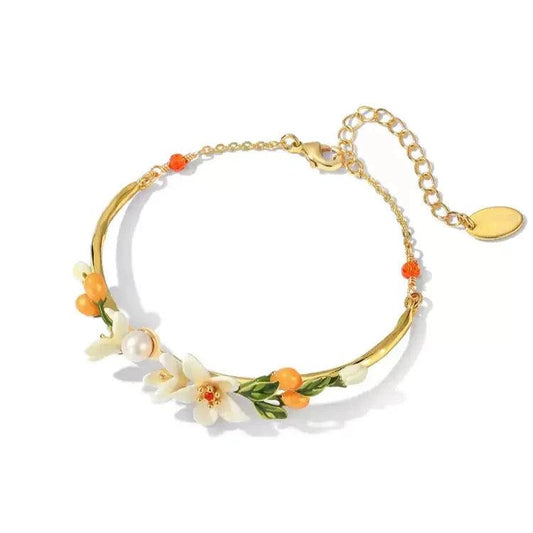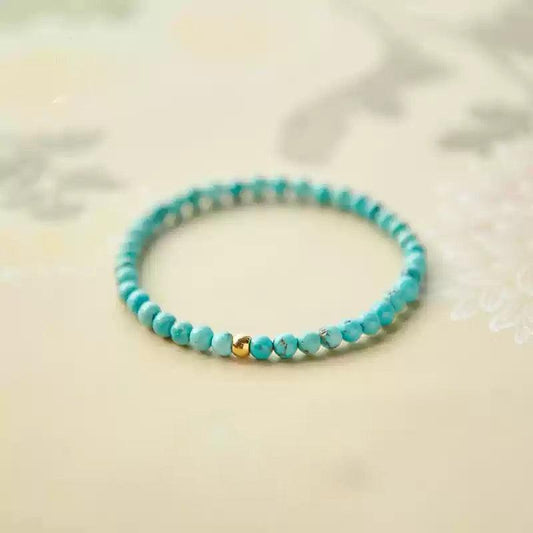Silver Jewelry Guide: Materials, Care, and Restoration
Silver jewelry is a common part of our daily lives, but do you know the characteristics of different types of silver? Why does silver jewelry tarnish, and how should we care for it? What should we do if it does tarnish? This article will provide detailed answers to these questions.
1. Silver Materials and Their Characteristics
Silver jewelry can be categorized based on its silver content and material characteristics:
1. S999 (Pure Silver):
- Silver Content: 99.9%
- Characteristics: Highest purity, very soft material, suitable for plain silver designs, not suitable for inlaid styles.
2. S990 (Fine Silver):
- Silver Content: 99%
- Characteristics: Slightly harder than pure silver, still prone to wear and deformation, mostly used for plain silver designs.
3. S925:
- Silver Content: 92.5% (with 7.5% copper)
- Characteristics: Moderately hard, resistant to deformation and tarnishing, internationally recognized standard for sterling silver, suitable for various designs.
4. Snowflake Silver:
- Silver Content: 99.9%
- Characteristics: High purity, very soft, suitable for plain silver designs, not suitable for inlaid styles.
5. Thai Silve:
- Silver Content: 92.5% or higher
- Characteristics: High hardness, resistant to tarnishing, suitable for intricate designs.
2. Why Silver Tarnishes and Daily Care Tips
Why Does Silver Tarnish?
Silver jewelry tarnishes for several reasons:
1. Oxidation:
- When silver is exposed to air for long periods, it forms silver oxide, causing it to turn black. Additionally, sulfur in the air can react with silver to form silver sulfide, leading to tarnishing.
2. Personal Body Chemistry:
- Everyone's body chemistry is different. People with high sulfur content in their sweat can cause silver to tarnish more quickly.
3. Contact with Substances:
- Contact with acidic or sulfur-containing substances (like perfume, cosmetics, etc.) can also cause silver to tarnish.
Daily Care Tips
1. Wear Daily:
- The best way to care for silver jewelry is to wear it daily. The natural oils from your skin will keep it shiny.
2. Avoid Chemicals:
- Avoid contact with sulfur-containing substances, and remove silver jewelry when swimming or soaking in hot springs.
3. Wear Separately:
- Do not wear silver jewelry together with other precious metals to avoid scratches and deformation.
4. Store Sealed:
- When not wearing silver jewelry for a long time, store it in a sealed container to reduce exposure to air and prevent tarnishing.
3. What to Do If Silver Tarnishes
If your silver jewelry has already tarnished, you can restore its shine through the following methods:
1. Professional Cleaning:
- Take your silver jewelry to the store where you purchased it or a professional cleaning service for proper care.
2. Silver Polishing Cloth:
- Use a silver polishing cloth to wipe away tarnish, effectively restoring its shine.
3. Silver Cleaning Solution:
- Use a professional silver cleaner, which is faster and more effective than other cleaning methods, without damaging the jewelry.
4. Toothpaste Scrubbing:
- Use toothpaste with mild abrasives to gently scrub the tarnished layer, restoring the silver's brightness.
5. Carbonated Drinks:
- Soak the silver jewelry in a carbonated drink like cola. The acidic content helps remove the tarnished layer, then rinse and clean the jewelry.
By following these methods and tips, you can better select, care for, and restore your silver jewelry, ensuring it remains beautiful and shiny for years to come.
Lovely Robin has more silver rings waiting for you.
